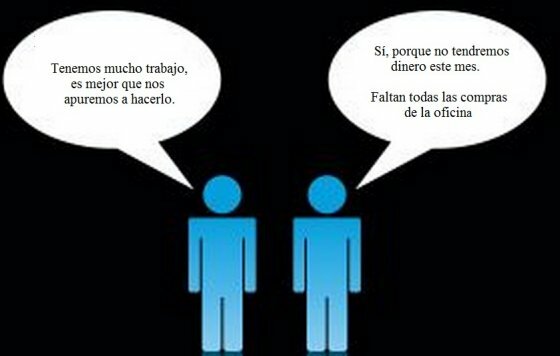Example of Direct and Indirect Speech
Spanish Classes / / November 13, 2021
The direct and indirect speech refers to sentences that express a statement in two different ways:
1. Direct speech through the person who expresses it without the intervention of an intermediary and has different ways to write as they are: the use of colon (:) the use of hyphens (-), use of quotation marks ("") and balloons dialogue.
2. Indirect speech, which will always require an intermediary,
Examples of direct speech:
a) It is done in a dialogue and is after two points:
Joseph: How's the food
Mario: It is very hot but it tastes very good
Joseph: Perfect, with a cold beer it will be good.
Mario: You didn't have a better idea.
b) It is done in quotation marks:
"I have to go to the library to study"
"Tomorrow we must leave early"
"The price is too high, I will not buy it"
c) With hyphens:
- You will be very lucky to marry his sister
- Sure, she has a lot of future and a lot of love to give
- You are the last to get married, you took a long time to choose
- Yes, but I feel happy.
d) With balloons

Examples of indirect speech:
Indirect speech can be of two types:
- Direct speech in the present.
- Direct speech in the past.
Indirect speech in the present:
Here what is happening or has just happened is expressed but in the third person.
- Eduardo eats red meat.
- Why don't you work directly at his house.
- The money is on the desk.
- Food is on the table.
- The card is a business card.
- You are not working.
Indirect speech in the past tense:
- He bought his food at work.
- He worked in his house.
- He trained in his youth.
- Yesterday he broke his bed.
- He washed his blanket with soap.



